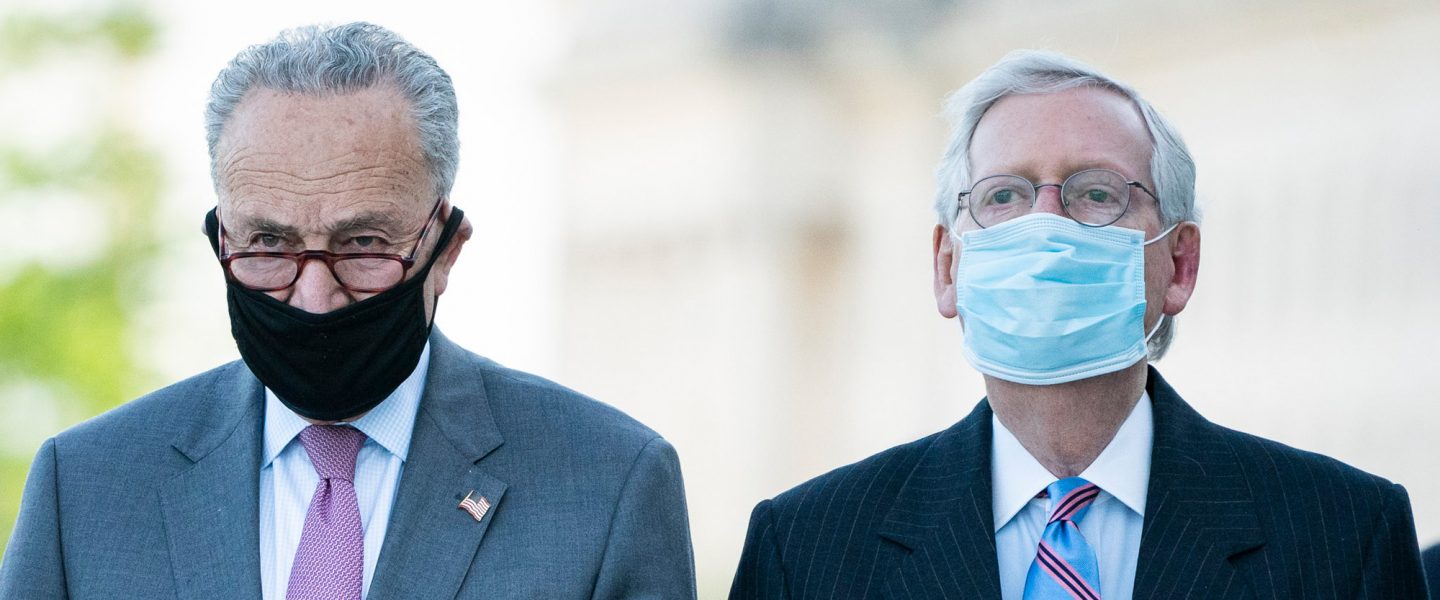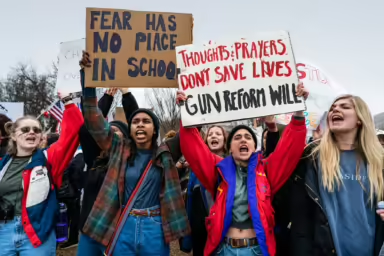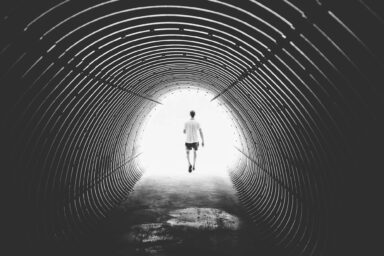The senators richly deserve to contemplate what their priorities and inaction have wrought — in full-color, stomach-churning, shattered children’s faces and body parts.
In the wake of the latest mass shootings — along with the thoughts and prayers and requisite hand-wringing — there has been some excellent reportage analyzing the impact various gun control measures might have had on this exceptionally ugly American phenomenon.
One fine example, in last Sunday’s New York Times, presents every mass shooting since Columbine in 1999 and considers which of them the four mild restrictions currently under debate would likely have prevented. The article continues from the front page to a full-page listing of each shooting, with numbers killed and injured, highlighting the “preventable” ones — about a third in all, a total of 446 lives. It’s a powerful piece for the numerically inclined, one probably worthy of Pulitzer consideration. It is also all but certain not to change as much as a single senator’s vote.
An opinion piece running in the same Sunday Times suggests it is time for the public to be shown the graphic photos of the Uvalde victims, 19 of whom were grade-schoolers reportedly blown to pieces by the “exploding” bullets of the assault rifle that the 18-year-old legally purchased and used. In some cases, the children were so disfigured that DNA had to be obtained from family members just to identify what was left of the bodies. The author — Susie Linfield, a professor of cultural journalism at New York University — weighs the pros and cons of such a tactic and comes gingerly down on the side of public viewings.
There are many difficult pros and cons to weigh: The rights of the public to see the preserved images of actual violence and/or its consequences in hard focus have long been the subject of debate, as has the advisability of such viewing. Linfield makes a persuasive case for both sides of this debate, allowing us to ponder how much Emmett Till’s open casket, images of My Lai and Abu Ghraib, or the George Floyd video moved our policy needles and “gave history a nudge.”
Although, throughout her piece, Linfield finds the constructive impact of these shocking exposures to have been mostly minimal, and the dangers of misuse and exploitation substantial, she acknowledges in her final paragraph that, despite these dangers, “I myself would like politicians to view [the Uvalde images]: to look — really look — at the shattered face of what was previously a child and to then contemplate the bewildered terror of her last moments on earth.”
This is visceral — an implicit recognition that all the numbers and words in the world, even the most dramatic and poetic, lack the power to move an NRA-fearing Republican senator off his or her square. It is also the deepest buried lede I have ever encountered. For this is, as they say in the business, the “nut graph.”
But the politicians, the policymakers, the senators? … They richly deserve to contemplate what their priorities and their inaction have wrought.
Because there are, in fact, many reasons not to show those shattered faces and disintegrated bodies to the American public at large — not least of which being those, with easy access to the very weapons that produced them, who might well find inspiration in such tableaus. Add to that the distinct possibility of further normalization of, and desentization to, the lurid — yet more numbing, for, as Dylan Thomas once wrote, “After the first death, there is no other.”
But the politicians, the policymakers, the senators? There are no such downsides among that select group; only upsides. In the midst of their debate over measures, strong and weak, that may (or may not) prevent the next Buffalo or Uvalde, they richly deserve to contemplate what their priorities and their inaction have wrought. Not in numbing numbers; not in chronological scrolls or Pulitzer-worthy analyses. No — in full-color, stomach-churning, shattered children’s faces and body parts.
Every senator — on record, a mandatory private viewing, a minimum of five minutes each, enough time for it just perhaps to sink in before they vote. Painful, for some, without a doubt. But part of their job. They were not elected to have fun.
Another poet — Robert Frost, considered by many the quintessential modern American poet — concluded a poem thus: “And they, since they were not the one dead, turned to their affairs.”
This is what we do, and what we have done — from Columbine to Uvalde and beyond (as of June 10, according to the Gun Violence Archive, there have been 41 additional post-Uvalde mass shootings in the US). It is, as always, what the GOP/NRA senators plan to do. If they do it, let it be not words and numbers, but shattered faces and spattered bodies that they take to bed with them that night. May their dreams be violent and haunted.



